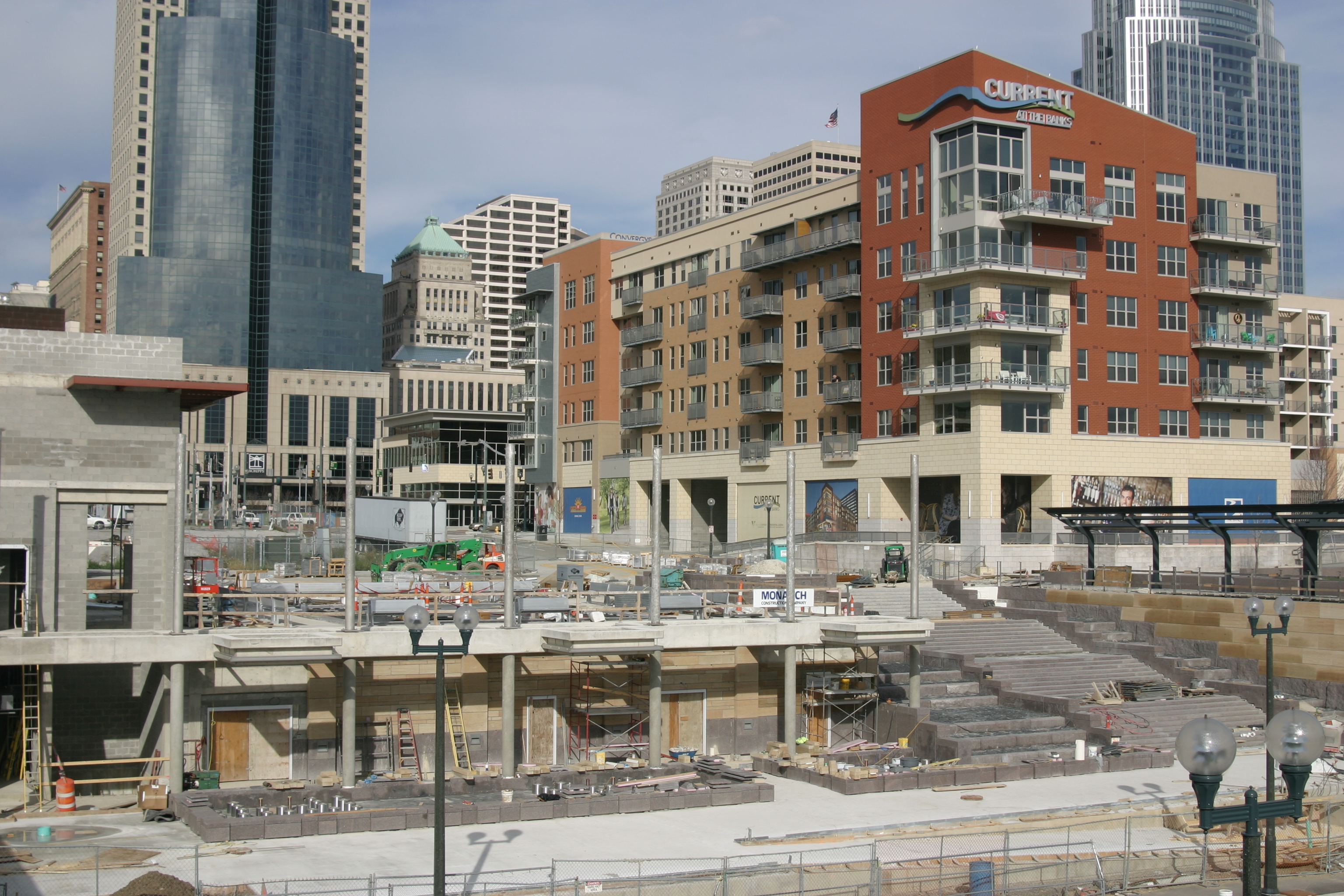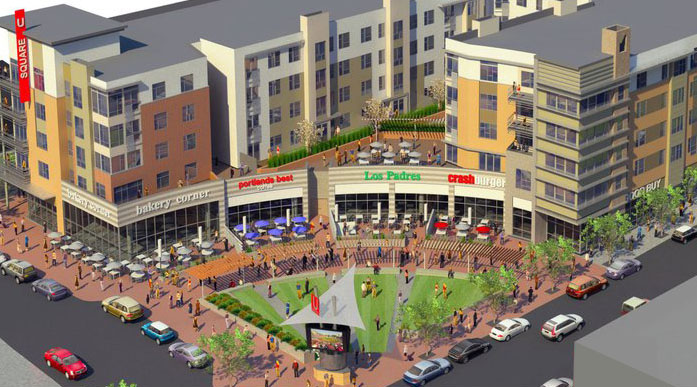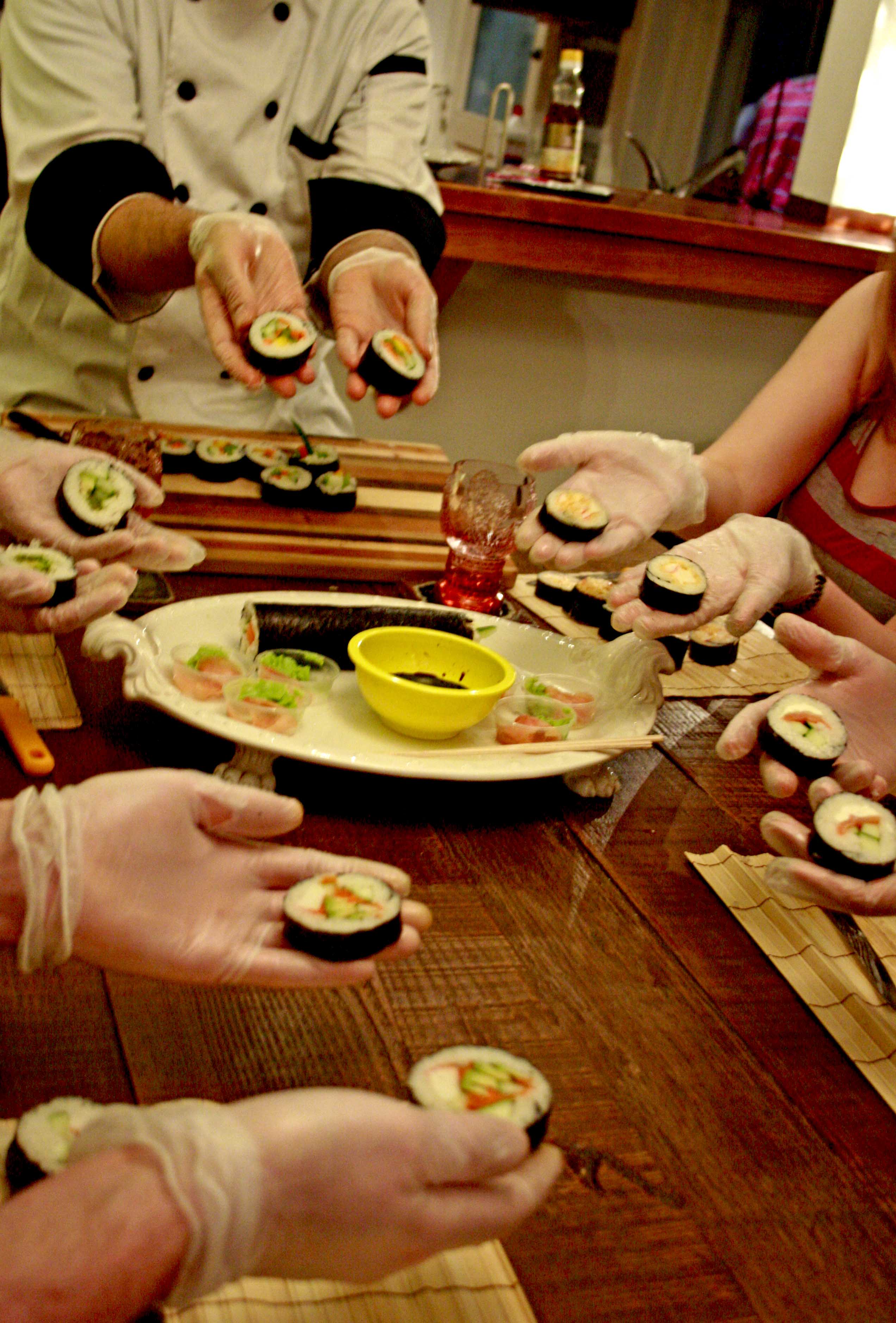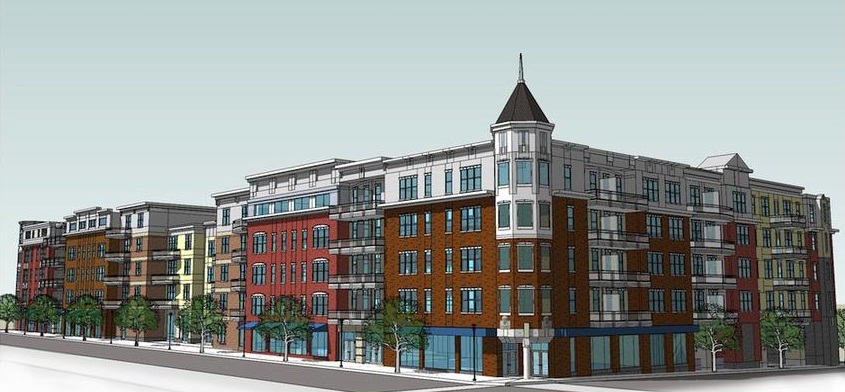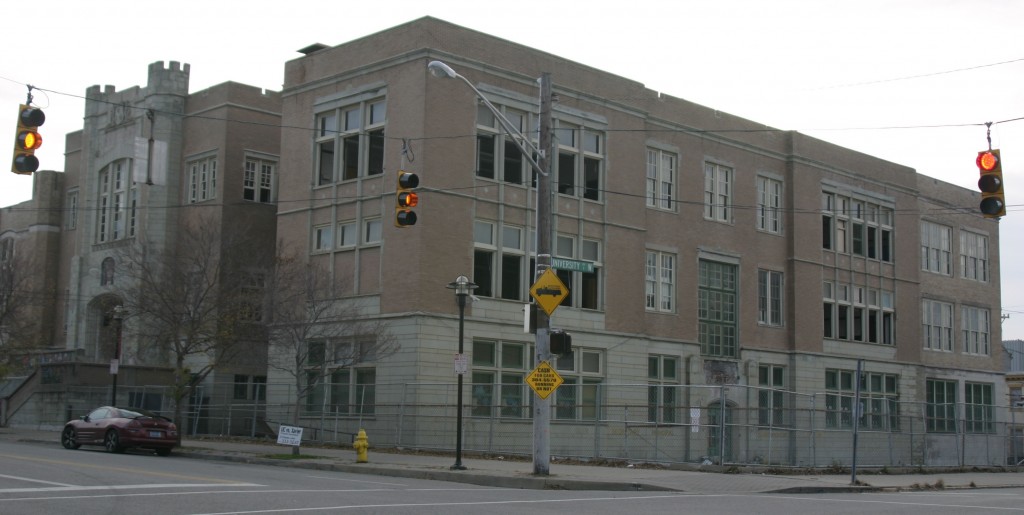The following editorial was published in the Cincinnati Business Courier on January 6, 2011. UrbanCincy shared this story with its followers, and received a slew of requests to share the story in its entirety.
Typically, premium content in the Cincinnati Business Courier is only available to paid subscribers, but thanks to our exclusive partnership with the weekly publication, UrbanCincy readers can read the story in its entirety below. Readers who would like to view all premium content from the Business Courier are encouraged to take advantage of a new subscription discount being offered to UrbanCincy readers.
Who would have figured, 10 or 20 years ago, that downtown Cincinnati would ever be described as “interesting” or “appealing”? A more oft-repeated characterization was that “they roll up the sidewalks at 6,” once the workday crowd headed off.
But local hotel and tourism officials are much more cheerful these days, according to our Insight focus on travel and hospitality this week. Senior Reporter Dan Monk writes that hotel occupancy in the central business district has jumped more than 20 percent since its low point in 2001, and convention business is booming.
And that’s because downtown Cincinnati isn’t what it used to be, in a good sort of way.
“There’s just more going on here,” says Wayne Bodington, general manager of the Westin Hotel, in Monk’s column.
Thousands crowd onto Fountain Square on December 31, 2011. Photograph by Thadd Fiala for UrbanCincy.But while tourists seem to think that downtown Cincinnati is pretty lively, quite a few residents of Greater Cincinnati still cling to the notion that downtown is a dark and forbidding place, with empty streets, boarded-up buildings and flying bullets.
While the “empty streets” part once was true, at least in the evenings, downtown never was the desolate place some suburbanites envision; the number of Fortune 500 headquarters has always kept things humming, at least during the day.
And the business about high crime is illusionary – downtown has had exactly zero homicides in the past year, according to Cincinnati Police statistics. More likely people confuse downtown with the more crime-ridden neighborhoods of Over-the-Rhine and the West End, but even there, crime is decreasing.
In fact, according to the police department’s District One statistics, which include all three neighborhoods, violent crime is down 15 percent over the past two years, and property crimes have fallen 9 percent.
Cincinnati’s government is an ongoing magnet for insults, but the city deserves credit for what it’s done for downtown in the past 20 years. It kicked off the downtown living trend in the early 1990s, when it subsidized Towne Properties’ apartment projects on Garfield Place. And the formation of the public/private Cincinnati Center City Development Corporation (3CDC) speeded up the downtown living process, turned Fountain Square into an entertainment and restaurant venue, and began gentrifying large chunks of Over-the-Rhine.
Now, in the evenings, you can see people walking their dogs, crowding into bars and dancing to music on Fountain Square. That is, if you dare to come downtown.
It is the fate of Greater Cincinnati, and every sprawling American urban area, that some people live so far out in the suburbs that the city is nothing more to them than a mailing address.
And grumbling is part of Cincinnati’s culture, but why trash the city you call home, especially if you haven’t seen the center of it since the fountain was in the middle of Fifth Street and your mother took you Christmas shopping at Mabley & Carew and Pogue’s department stores?
Cincinnati will be hosting the World Choir Games this summer, bringing thousands of people into downtown and its environs. That would be a perfect time for entrenched suburbanites to make the day trip and see what Mr. Bodington is talking about, as well as participating in the festivities.
Or come down now, while you can ice skate on Fountain Square, and see what a difference a couple of decades can make.
The Business Courier offers a weekly print publication to its premium subscribers, and UrbanCincy readers have been offered an exclusive subscription discount. Those who do not wish to receive the weekly print edition can elect to become a premium digital member for just $49 through this exclusive offer being extended to UrbanCincy readers.


